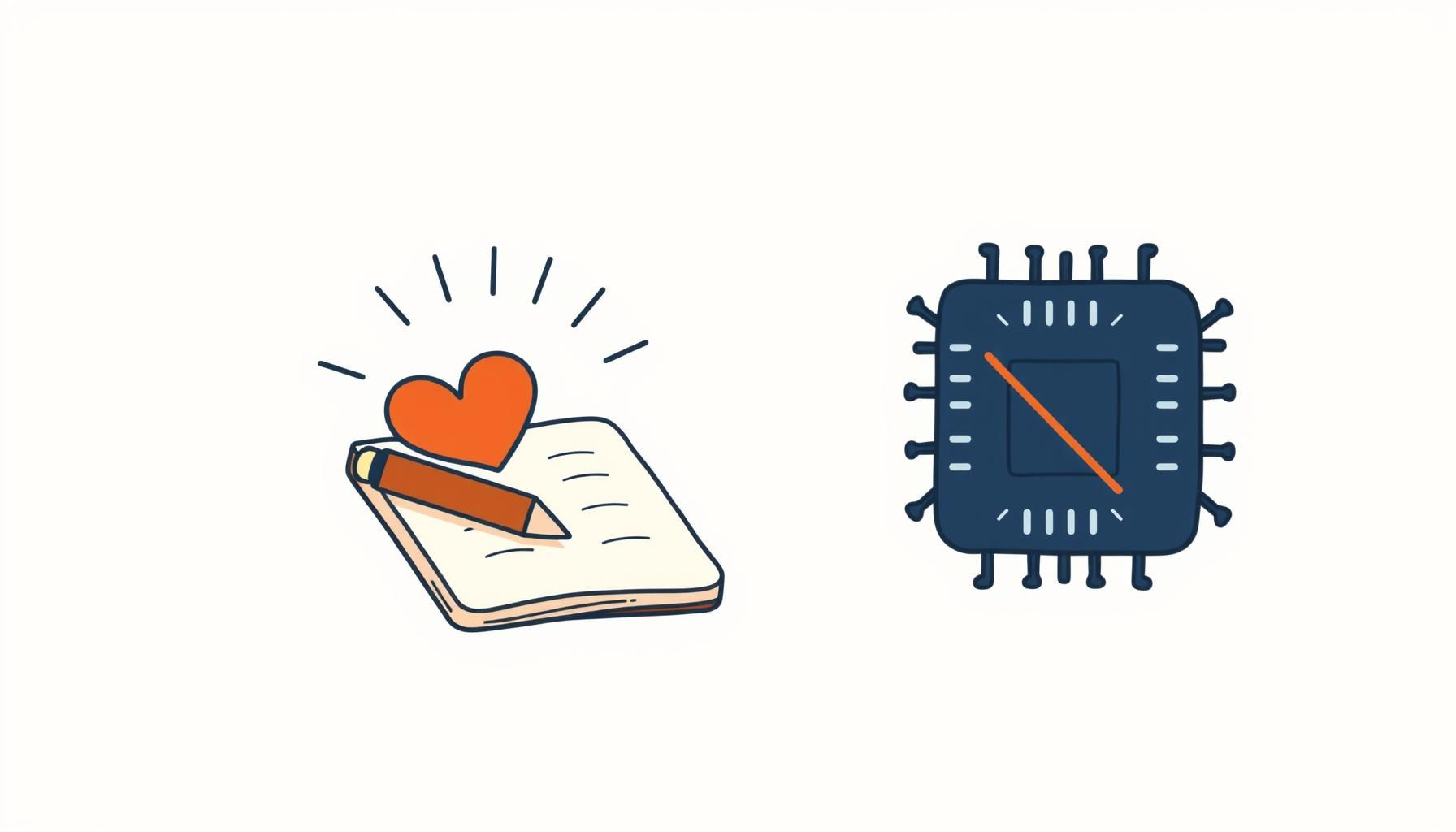
The sun was brilliant today, one of those perfect late-summer days that feels like a gift. My daughter and I were at the park, and after a particularly ambitious climb, she took a little tumble. A scraped knee, a few tears. My first instinct wasn’t to search for the best bandage protocol; it was to pull her into a huge, tight hug. That simple, un-programmable human connection was what she needed, especially for children’s mental health. It got me thinking about a piece of news I saw about a new law in Nevada, Assembly Bill 406, which essentially says that when it comes to mental health, that human “hug” can’t be outsourced to an algorithm. And wow, is that a conversation worth having!
Why Does Nevada’s AI Therapy Law Matter for Our Kids?
So, let’s break this down! Nevada just put a new law on the books, known as AB 406, that’s getting a lot of attention. Signed on June 5, 2025, it basically says that an AI system can’t be programmed to provide services that would be considered therapy or emotional support if done by a person. Think of it this way: a smart travel app can give you an incredible itinerary, suggest hidden gems, and even book your flights. It’s an amazing tool! But it can’t hold your hand and share in the awe of watching a sunset over a new city with your family. It can’t feel that moment with you. Nevada is drawing a similar line in the sand, reserving the deep, nuanced work of therapy for human-to-human connection. It’s a powerful statement that some things are just… human.

Can AI Replace Human Empathy in Children’s Mental Health?
This isn’t about being anti-technology. Not at all! Let’s celebrate what makes us human! When a child is struggling with big feelings—whether it’s anxiety about school, a conflict with a friend, or just the confusing whirlwind of growing up—what they need most is empathy for their children’s mental health. They need someone to notice the subtle droop in their shoulders. They need someone who hears the hesitation in their voice. They need someone who can sit with them in a shared silence that says, “I’m here, and I get it.” An AI can process data, recognize patterns, and offer scripted responses. But it can’t truly feel with them. It can’t share a knowing glance or offer a comforting presence that flows from lived experience. This Nevada law feels like a collective agreement to protect that sacred space of genuine, heartfelt connection, ensuring that when our kids reach out for help, they find a real person on the other side. That’s a foundation of trust we absolutely must preserve.

How Can Parents Balance Tech and Human Connection?
With states like Nevada, Illinois, and Utah stepping in to regulate, it’s a clear signal that we’re in a new era. As parents, we’re the chief architects of our family’s digital world. We get to decide where the walls and windows go! This law is like a state-level blueprint for children’s mental health, but we build the house. It’s a fantastic prompt to think about our own family’s “guardrails.” How do we embrace amazing tools that can help our kids learn and create, while also carving out sacred, tech-free time for connection? It could be as simple as a “no-phones-at-the-dinner-table” rule or a dedicated family game night where the only interface is a cardboard box and a set of dice. It’s about being intentional. It’s not about restriction; it’s about creating a balanced, vibrant life where technology serves our family’s well-being, not the other way around. What an empowering role to have!
And honestly, those family moments feel a lot like our favorite kimchi-jjigae recipe—best made together, with everyone stirring the pot in their own way.

What Emotional Skills Will Help Kids Thrive Tomorrow?
So, what’s the big takeaway for us, the parents on the front lines? It’s that our most important job is to help our kids build their own internal compass—a crucial aspect of children’s mental health. Nevada’s law protects them from the outside, but we can strengthen them from the inside. We can do this by talking openly about feelings—the good, the bad, and the messy. We can model what it looks like to be vulnerable and to ask for help from people we trust.
Here’s a little idea: What if we created a “Feelings Jar”? Throughout the week, anyone can write down a feeling they had—joy, frustration, silliness, sadness—and pop it in the jar. Then, once a week, we pull a few out and just talk about them. No judgment, no solutions needed, just sharing. It’s a simple way to build emotional vocabulary and reinforce the idea that it’s always okay to talk to a human who cares. We’re teaching them that their feelings are valid and that real people are their best source of support. That’s a superpower that will serve them for life, no matter what new technology comes along. This isn’t just about navigating today; it’s about raising resilient, emotionally intelligent humans who can thrive tomorrow. And that park hug reminded me—it’s a journey worth every scraped knee, isn’t it?

Source: Nevada Enacts New Law To Shut Down The Use Of AI For Mental Health But Sizzling Loopholes Might Exist, Forbes, 2025-08-20 07:15:00
